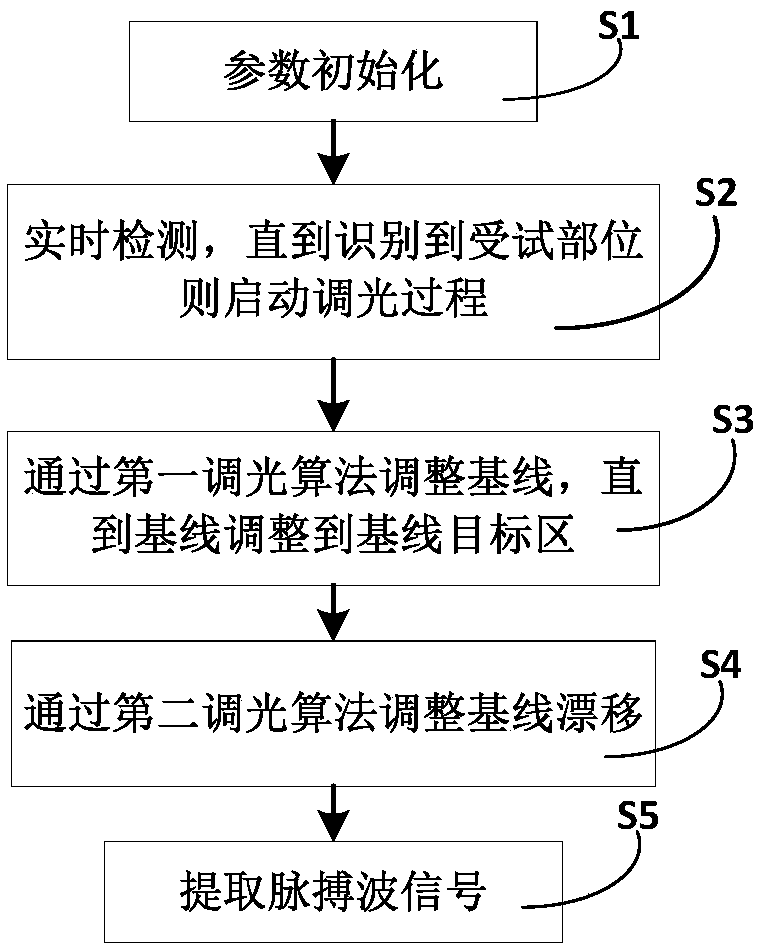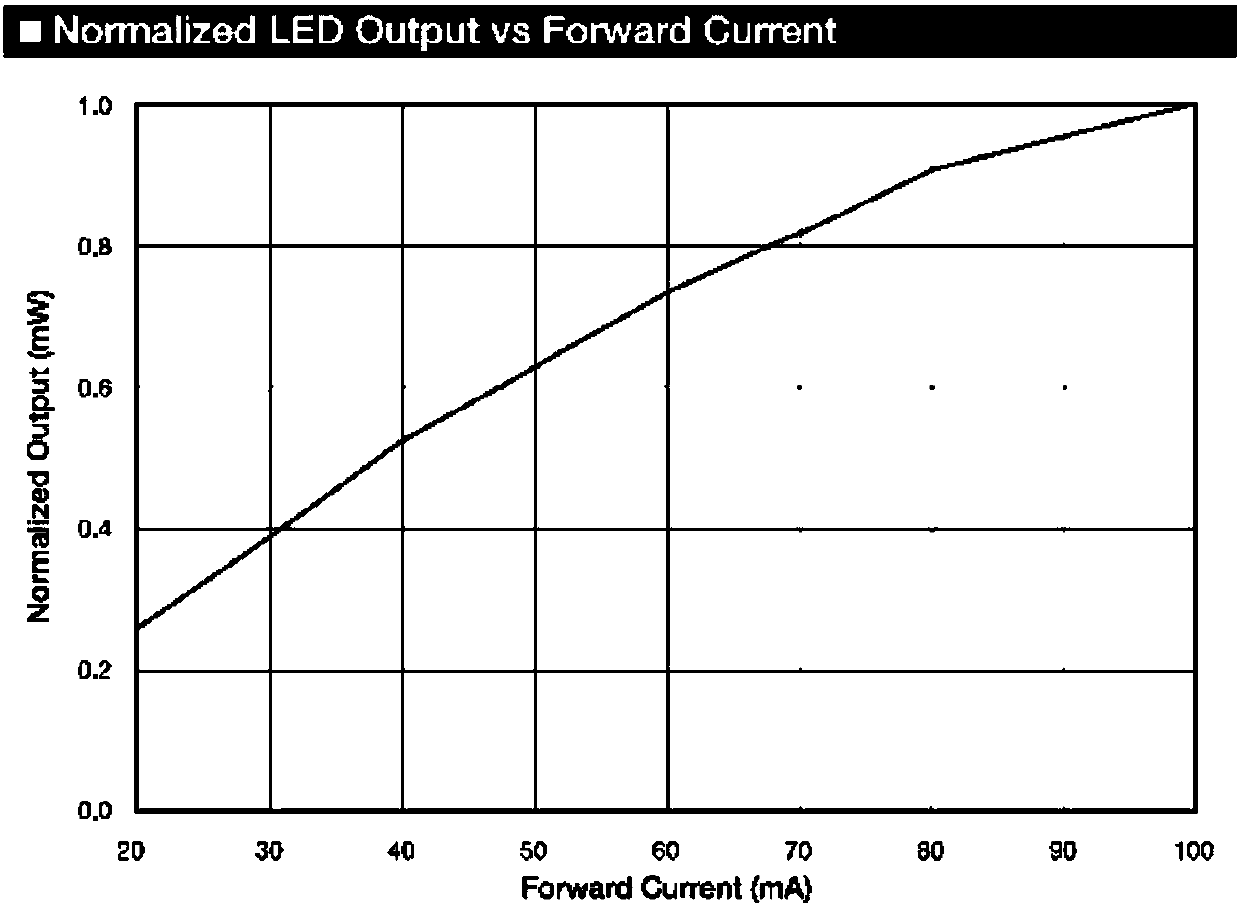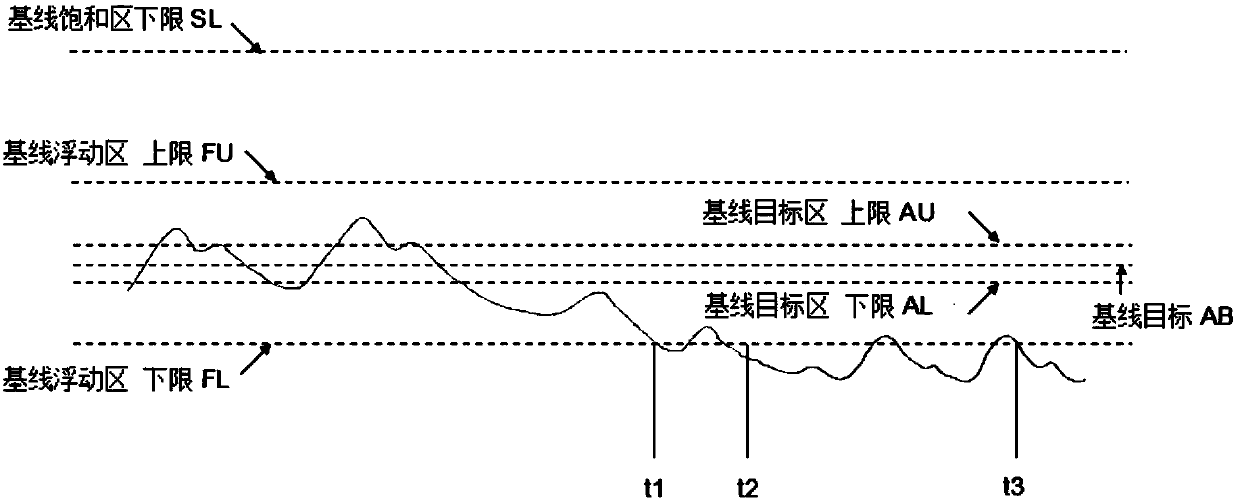Rapid lighting adjustment control method for automatic gain control type photoelectric pulse oximeter
A technology of automatic gain control and photoelectric pulse, which is applied in medical science, sensors, diagnostic recording/measurement, etc. It can solve the problems of large differences in test parts, long waveform response time, poor probe compatibility, etc., and achieve stable and reliable waveform quality. The effect of expanding the dynamic range and anti-interference optimization
- Summary
- Abstract
- Description
- Claims
- Application Information
AI Technical Summary
Problems solved by technology
Method used
Image
Examples
Embodiment Construction
[0030] The preferred embodiments of the present invention will be further described in detail below in conjunction with the accompanying drawings.
[0031] Calculating the blood oxygen parameters requires processing the PPG signal to separate the DC and AC components. In order to obtain a better dynamic range and SNR, it is necessary to use a stable light source and adjust the PPG signal to the target range. In the current design, the light source generally adopts LED, which has better monochromaticity and stability.
[0032] The conventional dimming algorithm uses a DC baseline locking algorithm that adjusts the DC component to the target area. Most algorithms regard the luminous intensity and driving current of the LED as a linear relationship, and predict the light intensity to adjust the DC intensity (ie, the baseline position). However, according to the actual test of the manufacturer, the luminous intensity and driving current of the LED can only maintain linearity in a...
PUM
 Login to View More
Login to View More Abstract
Description
Claims
Application Information
 Login to View More
Login to View More - R&D Engineer
- R&D Manager
- IP Professional
- Industry Leading Data Capabilities
- Powerful AI technology
- Patent DNA Extraction
Browse by: Latest US Patents, China's latest patents, Technical Efficacy Thesaurus, Application Domain, Technology Topic, Popular Technical Reports.
© 2024 PatSnap. All rights reserved.Legal|Privacy policy|Modern Slavery Act Transparency Statement|Sitemap|About US| Contact US: help@patsnap.com










